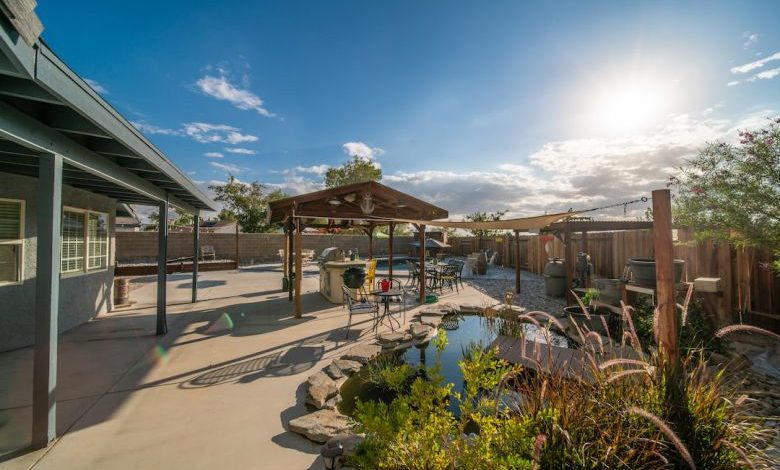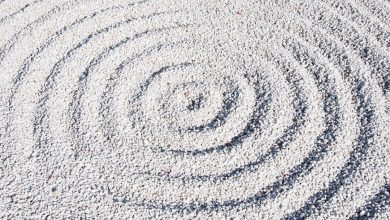How Do I Install a Backyard Pond?

A backyard pond can be a beautiful and tranquil addition to any outdoor space. The sound of flowing water and the sight of colorful fish can create a sense of peace and serenity. If you’ve been considering installing a backyard pond but don’t know where to start, this article will guide you through the process step by step.
Planning and Design
Before you start digging, it’s important to have a clear plan and design in mind for your backyard pond. Consider the size and shape of the pond, as well as its location in your yard. Take into account factors such as sunlight, shade, and proximity to trees that may shed leaves into the water.
Digging the Hole
Once you have a plan, it’s time to start digging. Use a shovel or a rented excavation machine to dig the hole for your pond. Make sure to remove any rocks, roots, or debris from the area. The depth of the hole will depend on the size and shape of your pond, but a depth of at least two feet is recommended to accommodate fish and aquatic plants.
Lining the Pond
Next, you’ll need to line the hole with a pond liner to prevent water from seeping into the soil. Choose a high-quality liner that is durable and resistant to punctures. Lay the liner in the hole, making sure it covers all the sides and bottom. Smooth out any wrinkles or folds in the liner to create a seamless surface.
Adding a Filtration System
To keep your pond clean and healthy, it’s important to install a filtration system. There are several types of filtration systems available, including biological filters, mechanical filters, and UV clarifiers. Consider the size of your pond and the desired water flow when choosing a filtration system. Install the system according to the manufacturer’s instructions, making sure it is properly connected and functioning.
Adding Water and Testing
Once the filtration system is in place, it’s time to fill the pond with water. Use a garden hose to slowly fill the pond, taking care not to disturb the liner or create any ripples. As the pond fills, monitor the water quality by testing for pH, ammonia, nitrite, and nitrate levels. Make any necessary adjustments to ensure the water is balanced and safe for fish and plants.
Adding Rocks and Plants
To create a natural and aesthetically pleasing look, add rocks and plants to your pond. Choose different sizes and shapes of rocks to create depth and texture. Place them strategically around the edges and in the water to create a natural habitat for fish and other aquatic creatures. When it comes to plants, consider both submerged and floating varieties to add color and oxygen to the water.
Introducing Fish
Once your pond is complete, you can introduce fish. Choose fish species that are suitable for your climate and pond size. Koi and goldfish are popular choices for backyard ponds due to their vibrant colors and hardiness. When introducing fish, make sure the water temperature is suitable and acclimate them slowly to prevent shock.
Maintenance and Care
To keep your backyard pond healthy and thriving, it’s important to perform regular maintenance and care. This includes cleaning the pond periodically, removing debris and excess algae, and checking and maintaining the filtration system. Monitor the water quality regularly and make any necessary adjustments to keep the water balanced.
In conclusion
Installing a backyard pond can be a rewarding and enjoyable project. By following these steps and taking the time to plan and design your pond, you can create a beautiful and serene oasis in your own backyard. Remember to consider factors such as location, size, and filtration when planning your pond, and don’t forget to add rocks, plants, and fish to bring it to life. With regular maintenance and care, your backyard pond will provide years of enjoyment for you and your family.




